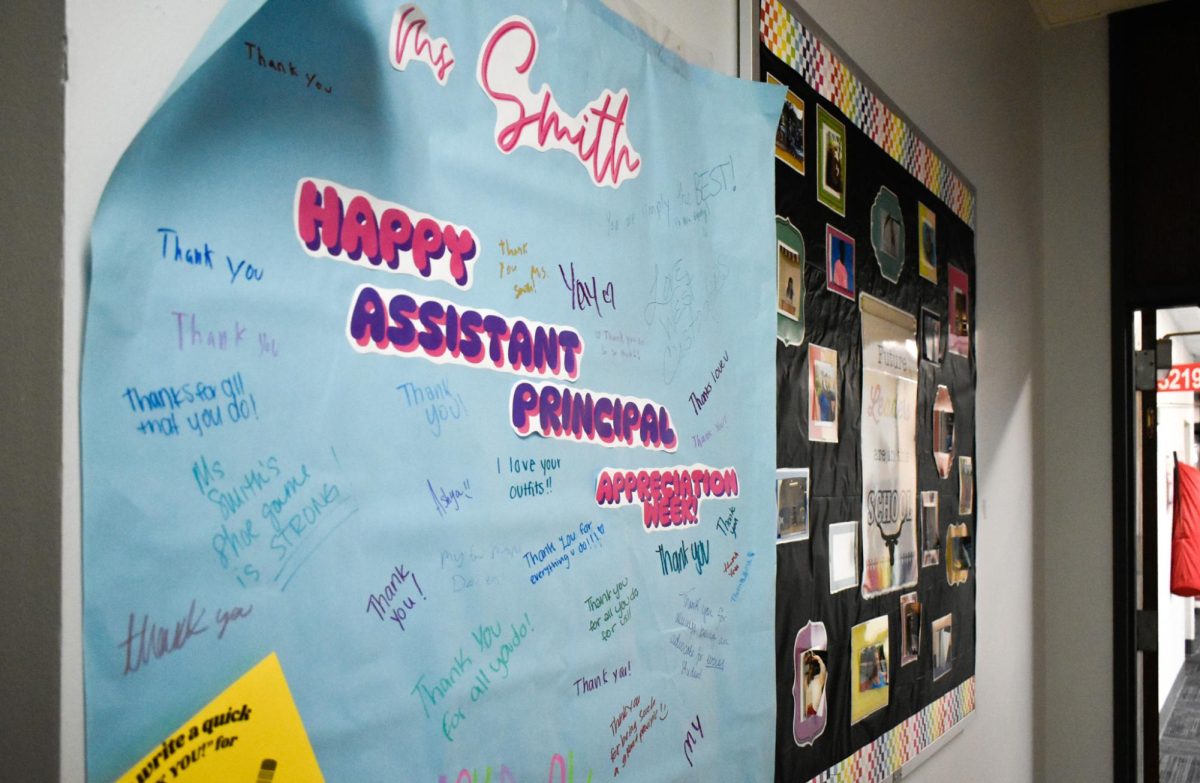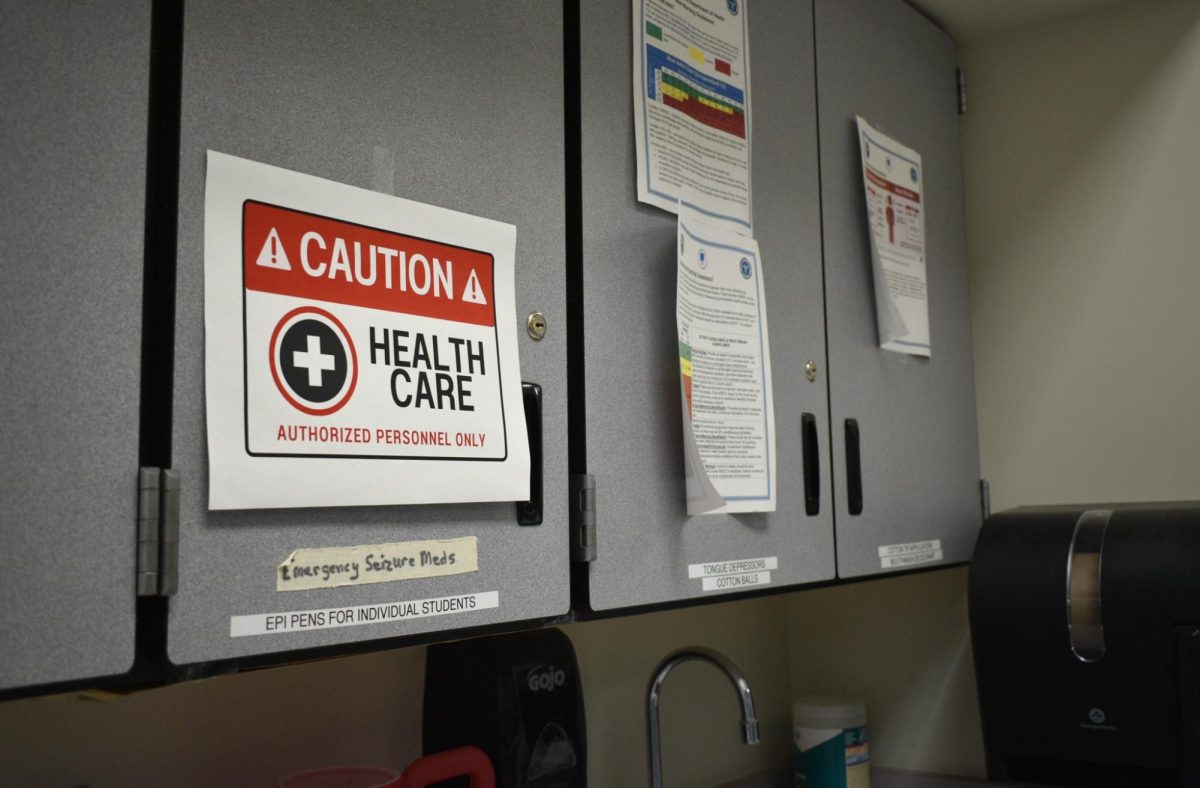Snapchat users were sharing more than confetti-filled pictures as they rang in 2014; they were unwittingly sharing their phone numbers and usernames as well. On Jan. 1, 4.6 million Snapchat users had parts of their usernames and phone numbers published on an anonymous hacker website titled SnapchatDB.info, which has since been suspended.
The breach was a result of the anonymous hacker group wanting to push Snapchat to take action to protect its users. Gibson security, a group of Internet security researchers based in Australia, warned Snapchat on Aug. 27 about security exploits that went ignored by the company. While Gibson is not affiliated with SnapchatDB, the hacker group behind the website stated that the hack was motivated by Snapchat’s failure to act on the Gibson report.
While not everyone’s data was published, the Snapchat leak serves as an important lesson to social media users in a digital age where repercussions are not always thought about.
“I don’t really care about the leak because I sent the pictures out, so I’m not surprised when people keep them. Someone else taking my information that can lead back to my snaps is no big deal because my pictures are more funny than embarrassing,” senior Lorenzo Knox said.
Holes that are left in Snapchat’s security puts all users at risk, regardless of how they feel about the content of their pictures.
While Snapchat now includes some weak security patches, there has been no public apology made and this signals an alarming trend in social media, a field that keeps growing and students become more involved in. There is no such thing as true privacy and true security in this realm, and buying into false securities can only harm us in the future. Snapchat markets itself as being one of the few social media tools that can make embarrassing things disappear, even though this is a blatant lie. The leak of 4.6 million usernames and phone numbers was only possible because everything shared on Snapchat – yes, including pictures – is stored in a database. All data is saved, which can all be traced back to your personal identity, which can harm you in the future.
“You can never fully trust Snapchat, senior Megan Senol said. “I’ve always been sort of conscious of the privacy of my snaps because my silly faces have been screen-shotted by my friends multiple times, even though pictures aren’t supposed to be saved. Now I realize that strangers can take my personal pictures too.”
The lack of initiative in addressing the security problems, the underreporting of the problem to users, and the infuriating lack of seriousness in fixing the problems after the initial leak occurred should alarm users even further. Relying on a company that’s sitting on your personal data to defend it from malicious intent is clearly not working. Previous leaks have proven how accessible personal information really is, from the NSA extracting information from your cellphone to hackers retrieving data from Twitter and Facebook on a daily basis. The real lesson here is that responsibility for our own safety and privacy falls in our own hands, not in the hands of false corporate promises.
“My advice would be to not send any inappropriate pictures in the first place,” junior Claire Webster said. “Don’t send anything to your friends you wouldn’t want your grandma to see.”

![Dressed up as the varsity girls’ tennis coach Katelyn Arenos, senior Kate Johnson and junior Mireya David hand out candy at West High’s annual trunk or treat event. This year, the trunk or treat was moved inside as a result of adverse weather. “As a senior, I care less about Halloween now. Teachers will bring their kids and families [to West’s Trunk or Treat], but there were fewer [this year] because they just thought it was canceled [due to the] rain. [With] Halloween, I think you care less the older you get,” Johnson said.](https://pwestpathfinder.com/wp-content/uploads/2025/10/DSC00892-1-1200x800.jpg)
![Leaning on the podium, superintendent Melissa Schneider speaks to Parkway journalism students during a press conference. Schneider joined Parkway in July after working in the Thompson School District in Colorado. “My plan [to bond with students] is to get things on my calendar as much as possible. For example, being in [classes] is very special to me. I am trying to be opportunistic [meeting] kids [and] being in [the school] buildings. I have all the sports schedules and the fine arts schedules on my calendar, so that when I'm available, I can get to them,” Schneider said.](https://pwestpathfinder.com/wp-content/uploads/2025/09/IMG_5425-1200x943.jpeg)


![Red, white and blue, the American flag holds the values of our democracy. The fight that we once endured has returned, as student journalists and senior correspondents across the country are losing their voices due to government control. “[Are] the White House and [the] government limiting free speech [and] freedom of the press? Yes [they are],” chief communications officer of the Parkway School District and former journalist Elisa Tomich said.](https://pwestpathfinder.com/wp-content/uploads/2025/03/Untitled-design-14.jpg)
![A board in the Parkway West counseling department displays pennants of selective universities. With a wide range of students interested in attending, it’s important that these schools have clear priorities when deciding who to admit. “[Washington University] had the major that I wanted, psychology, philosophy, neuroscience. That's a holistic study of the brain, and [WashU is] the only college in the world that offers that. That's the main reason I wanted to go; I got into that program,” senior Dima Layth said.](https://pwestpathfinder.com/wp-content/uploads/2025/02/Flag-1.png)

![Within the U.S., the busiest shopping period of the year is Cyber Week, the time from Thanksgiving through Black Friday and Cyber Monday. This year, shoppers spent $13.3 billion on Cyber Monday, which is a 7.3% year-over-year increase from 2023. “When I was younger, I would always be out with my mom getting Christmas gifts or just shopping in general. Now, as she has gotten older, I've noticed [that almost] every day, I'll open the front door and there's three packages that my mom has ordered. Part of that is she just doesn't always have the time to go to a store for 30 minutes to an hour, but the other part is when she gets bored, she has easy access to [shopping],” junior Grace Garetson said.](https://pwestpathfinder.com/wp-content/uploads/2024/12/DSC_0249.JPG-1200x801.jpg)

![Senior Sally Peters stands in the history hallway, contemplating her choices in the 2024 United States and Missouri elections on Nov. 5. As a member of Diplomacy Club, Peters has discussed key candidates and issues in contemporary American politics. “[As students], we're starting to become adults. We're realizing how much the policies that are enforced and the laws that make it through the House and Senate are starting to affect us. [Opportunities such as] AP [U.S.Government] and Diplomacy Club [make elections feel] a lot more real,” Diplomacy Club vice president and senior Nidhisha Pejathaya said.](https://pwestpathfinder.com/wp-content/uploads/2024/10/Flag-1-1.png)